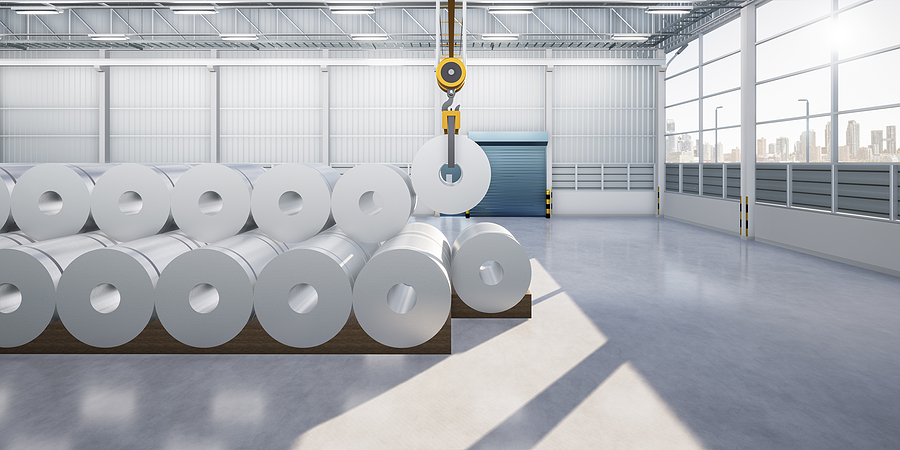
AISI Data Used to Evaluate Current Steel Market
Figures compiled by the American Iron and Steel Institute (AISI) based in Washington indicate that for the week ending on August 26th, domestic production of steel was above 1.73 million tons.
In comparison to the week prior (August 19), production had slowed by 1.3 percent, with a total output of slightly less than 1.75 million tons. However, this still marks an increase of 0.8 percent from the same period in the previous year.
AISI’s capacity utilization rate decreased from late August 2022’s 78.0 percent to 76.2 this year, despite an increase in weekly steel production compared to last year. This is partly due to newly-operational U.S electric arc furnace (EAF) factories that have come online since then.
A Decrease in Output
To date, production has reached slightly over 58 million tons, reflected in a mill capacity rate of 75.9 percent. When compared to this time in 2022, output has dropped by 1.9 percent from 59.2 million tons to its current standing.
This year’s dip in output from domestic steel mills also influenced the nation’s need for imported steel, as July saw a decrease in imports of finished steel. According to the American Iron and Steel Institute (AISI), the U.S. imported 15.2 percent less finished steel this past month than it did in June.
“Total and finished steel imports are down 10.7 percent and 15.5 percent, respectively, year to date versus 2022,” AISI indicated in an August statement, noting that the market share for imported finished steel stood at 21 percent in July, while it is expected to reach 22 percent for the first seven months this year.
July also saw a reduction in shipments of steel to the United States from four of its five major suppliers. Canada, Brazil, Mexico, and South Korea all reported shipping less than was sent in June. The only exception was Japan, which transported 122,000 tons of steel across the Pacific Ocean, 50 percent more than the month previous.
Stability Reported in August
It appears that August has brought a sense of equilibrium for ferrous scrap prices within the scrap market, due to a combination of restrained supplies and a relatively stable steel landscape.
Data from the August 20th release of the Management Science Associates’ (MSA) RMDAS service showed that industrial composite grade prices stayed put at $460 per ton, while the average purchase price for No. 1 heavy melting steel (HMS) rose just three dollars during the period stretching from July 21st to August 20th. This data was gathered directly from domestic steel mills.
In late summer, the cost of No. 2 shredded scrap in U.S. mills saw a significant surge versus earlier in the season. Reports from RMDAS indicated that during late July and early August, mills paid an average of $22 more per ton for the grade as compared to figures from late June and early July, while prices for other grades remained stable during this period.
Shredder operators have additionally noticed a decrease in the number of vehicles being brought to scrap yards this summer. This reduction could be because suppliers from small dealers and auto dismantlers are reserving inventory, hoping that prices will rise soon.
